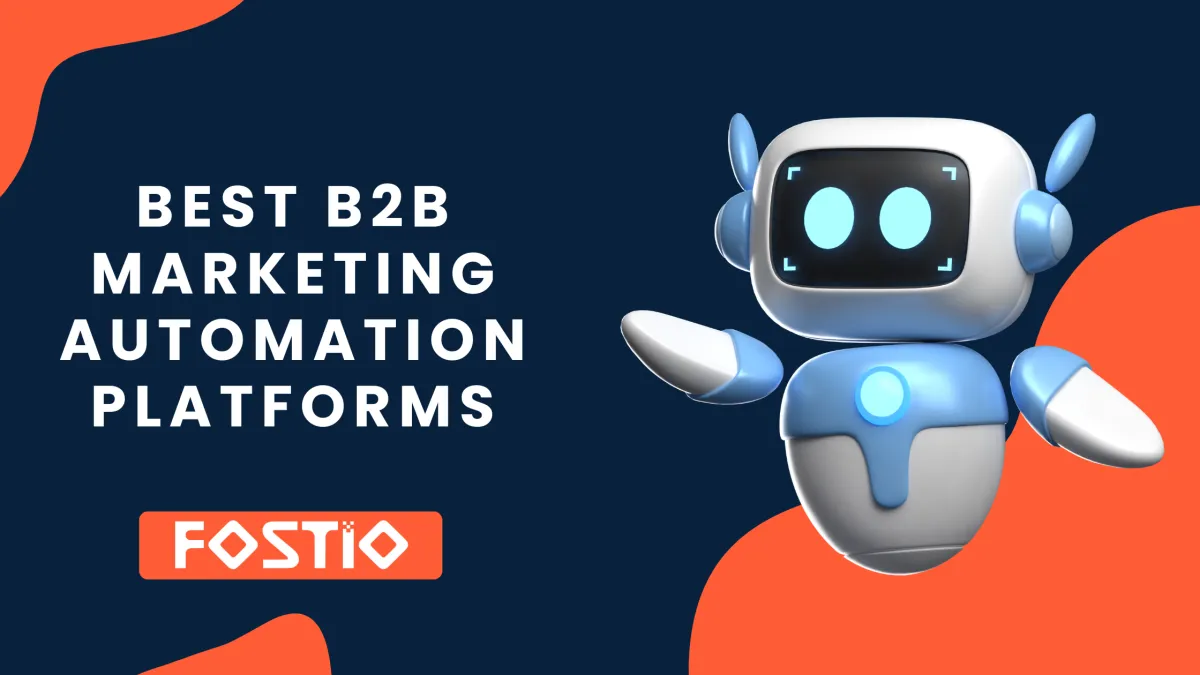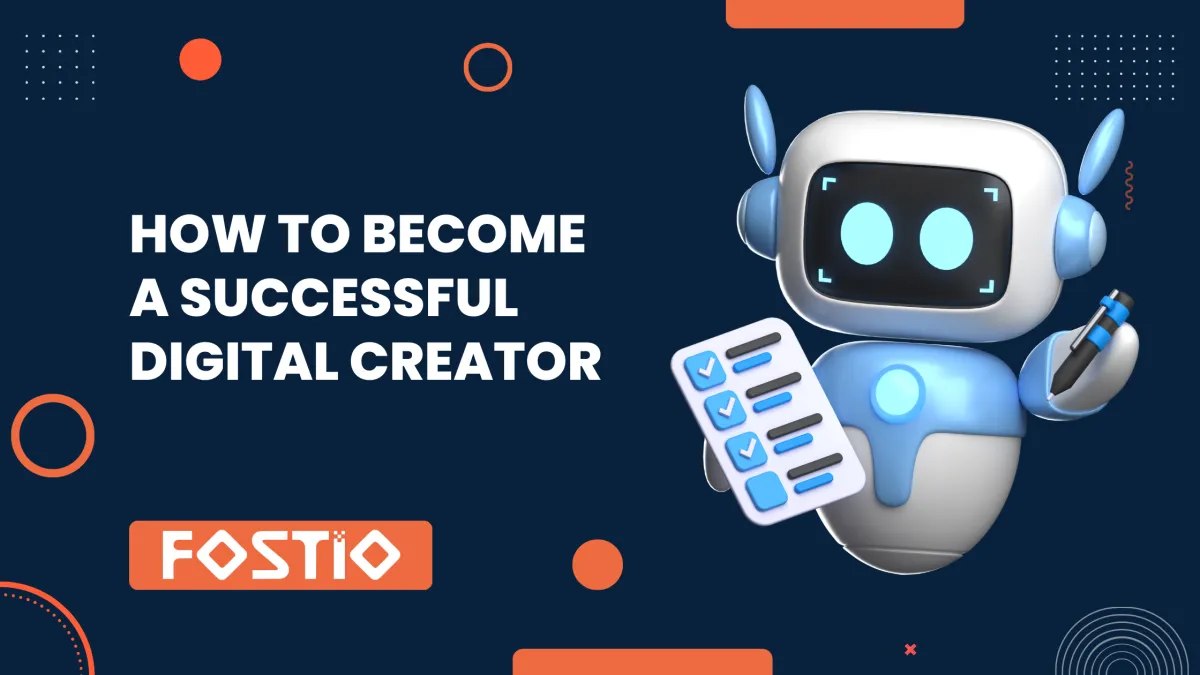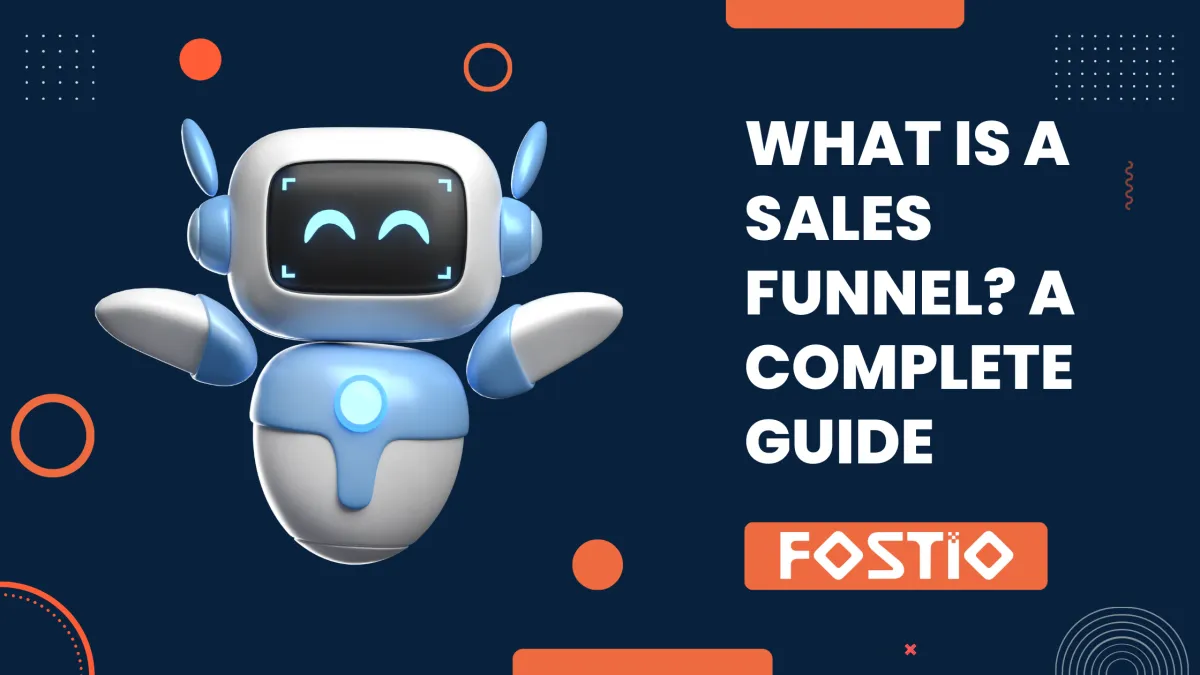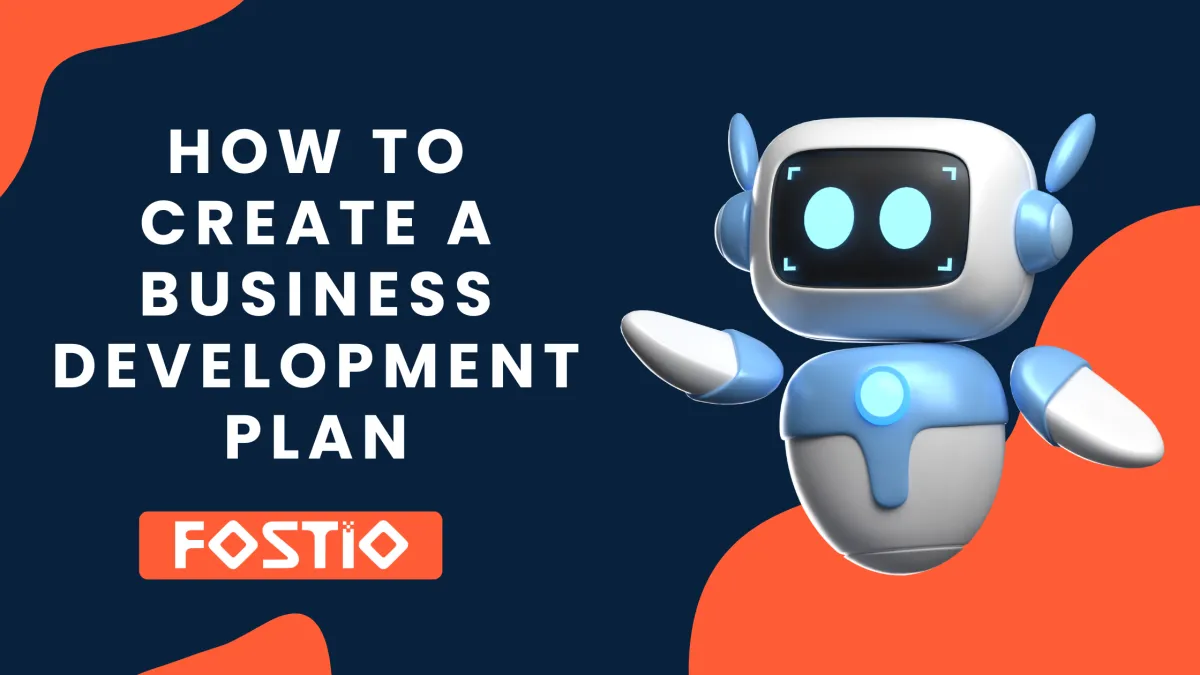Ecommerce Marketing Strategies That Actually Work in 2025
Discover the most effective ecommerce marketing strategies for 2025. Learn how to grow your online store with personalization, content, automation, and Fostio’s all-in-one platform.

Discover the most effective ecommerce marketing strategies for 2025. Learn how to grow your online store with personalization, content, automation, and Fostio’s all-in-one platform.

Discover the top B2B marketing automation platforms to streamline your sales process, nurture leads, and boost conversions. Find the right tool to scale your business today!

Discover what sales automation is, how it works, and how it can streamline your sales process. Learn the key benefits, tools, and strategies to boost efficiency and close more deals.

Learn how to become a successful digital creator with this step-by-step guide. Discover tools, strategies, and tips to grow your brand—plus how Fostio can power your content.

Discover how to build a high-converting sales funnel from scratch. This step-by-step guide covers every stage—from lead capture and nurturing to automation, closing sales, tracking performance, and optimizing your funnel using powerful tools and strategies.

Learn how to build a winning business development plan in 7 clear steps. Discover strategies, tools, and why Fostio is your best choice for scalable growth.
Address: 99 Wall Street #1258 New York, NY 10005
Mobile: +1(929)645-1050 / +919871220438
FOLLOW US ON


100% PCI Compliant
Address:
B-001, Phase-1, Sobha International City, sector-109, Near Dwarka Expressway, Gurgaon, Haryana - 122017
Mobile: +919871220438
FOLLOW US ON